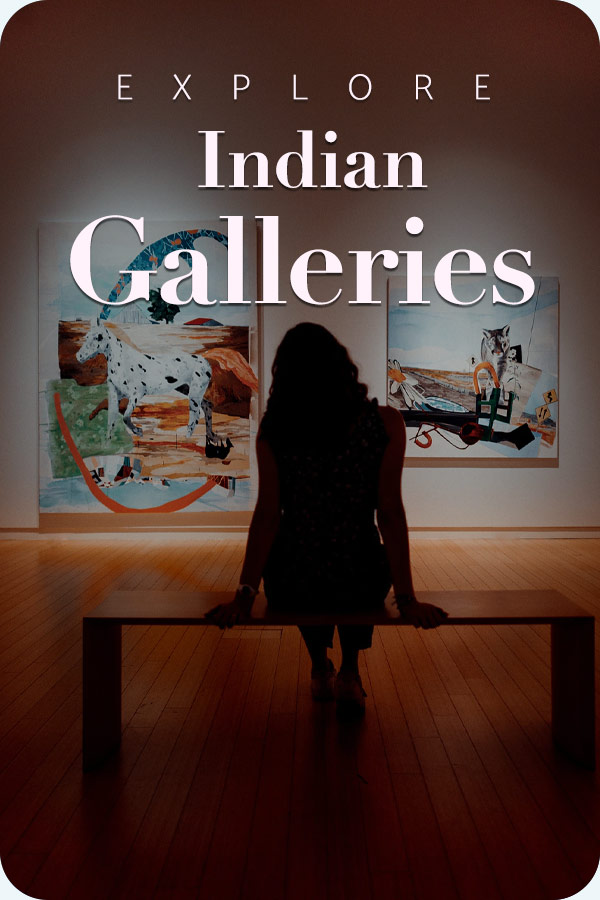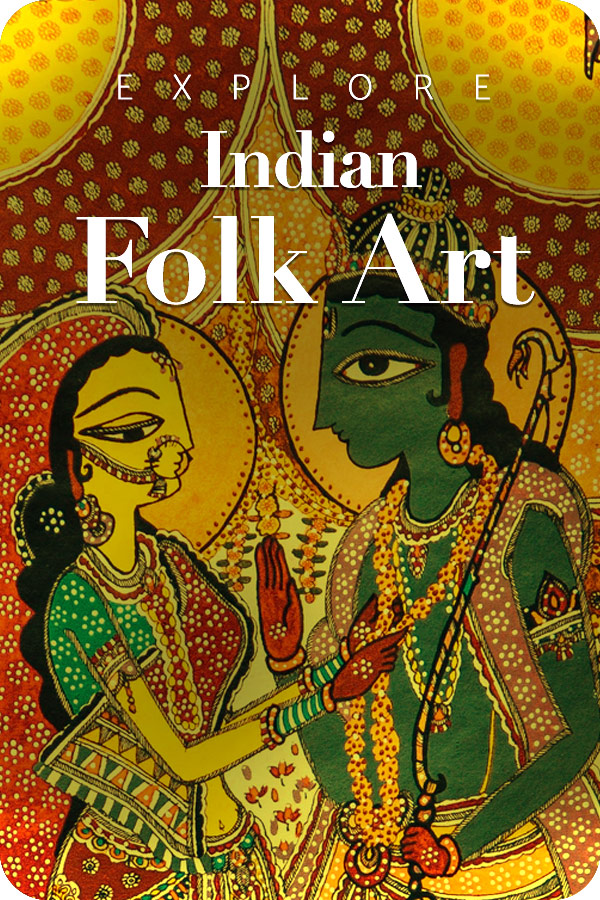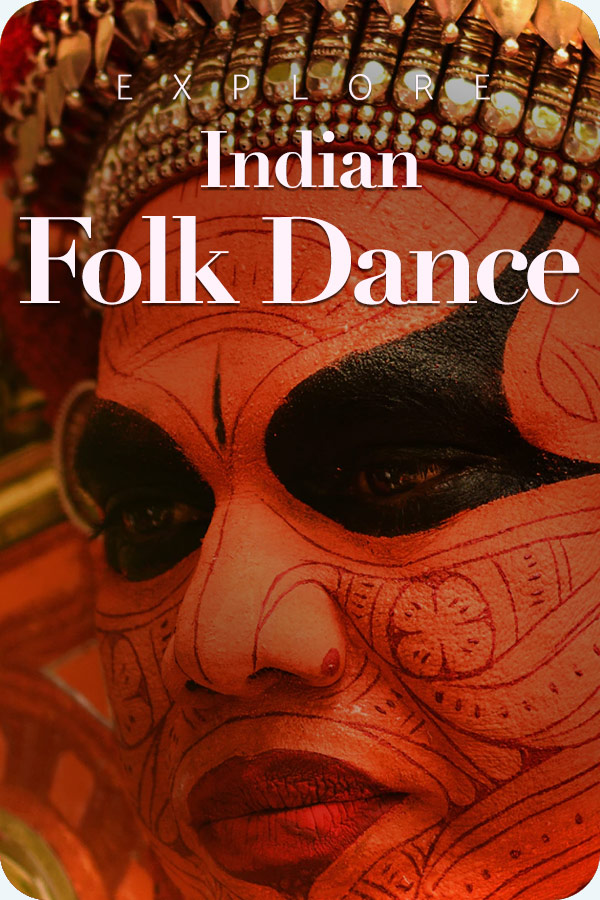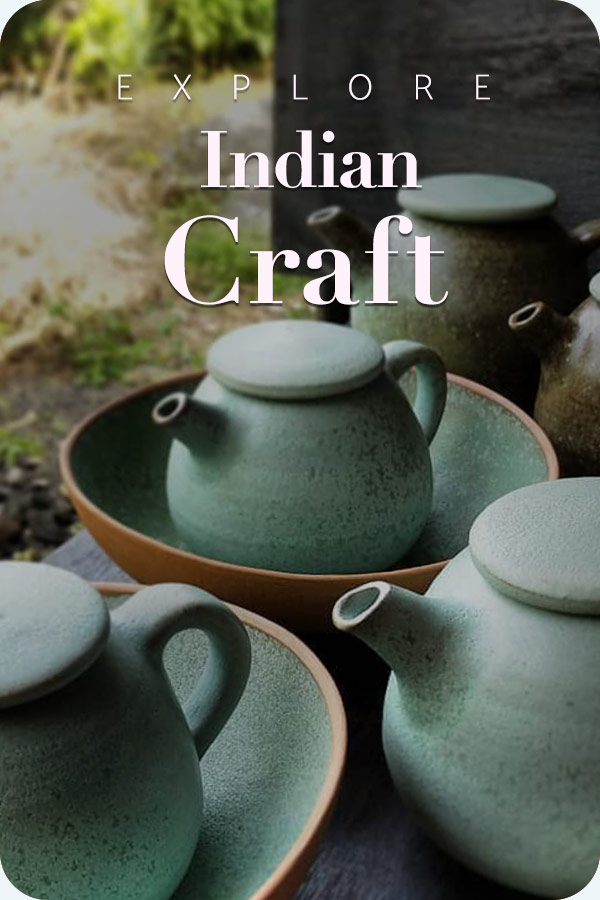
The Indira Gandhi National Centre for the Arts (IGNCA), Regional Centre, Guwahati, in collaboration with the Imphal Art Gallery, has inaugurated a six-day exhibition cum panel discussion titled “Folk Culture and Lifestyles of North East India with Special Focus on Manipur Through Canvas”. Running from 21–26 October 2025, many eminent scholars, artists, and community activists are invited for a focused dialogue on the material, performative, and everyday cultural forms of Manipur. It is a way to rediscover the often underrepresented tangible heritage and culture of Northeast India. The physical setup of the exhibition at the Imphal Art Gallery in Kwakeithel offers a fitting emplacement to encompass the scholarship and visual artistry. It reaffirms art as the primary documentarian of societal lifeways.
Opening and Programme Outline
The formal commencement and panel discussion were scheduled on 22 October (2–5 pm), chaired by cultural activist Mutua Bahadur and moderated by Dr. Sapam Ranabir Singh, Regional Director of IGNCA Guwahati. The exhibition itself is open daily from 10 am to 5 pm. The presentation as a whole is more of a visual ethnography. The curatorial vision serves a dual purpose; it celebrates artistic aesthetics while also preserving cultural heritage. The academic outline marking the event makes it a cultural commentary on diving deeper into the tangible aspect of Northeast’s heritage. It sets a dialectic stage between the traditional inertia and the transformative power of artistic observance. It plays a very crucial role in the continuation of the revival of the cultural past into contemporary times.
Voices on the Panel
The discussion congregates practitioners and academics with deep roots in Manipuri cultural practice; Laishram Sharat (Manipur State Kala Awardee and ballet costume designer), Nongmaithem Nandaraj Singh (National Kala Academy Awardee and assistant professor), and Laishram Sushil (artist and PhD research scholar, Tripura University) are among the scheduled panelists. The composition of the panel reflects that their collective expertise is dedicated to highlighting those contours of lifestyles that have inexorably mutated under the pressure of globalization and modernization.
What the Exhibition Aims To Do
The exhibition is fixated on displaying two distinct objectives; firstly, it documents and displays objects, motifs, and visual narratives from Manipur’s everyday life, and secondly, it engenders a critical discussion about how those cultural forms are preserved, transmitted, and interpreted in modern contexts. The exhibition’s focus on Manipuri folk culture is a reminder of the state’s artistic contribution to the creative ethos of the subcontinent. The canvases that are lined up as exhibits act as a visual medium through which the indigenous identities are explored. This is so significant because in the age of digital creations, it asserts a sense of cultural sovereignty.
Community Engagement and Institutional Partnership
The very fact that local social workers, community leaders, and arts practitioners feature as guests underlines the institutional intent of IGNCA to include grassroots custodianship in action. The convergence of figures from public service, academia, and the arts signals a collective recognition of culture as an indispensable pillar of the community’s identity.
| Prime Theme | Description |
|---|---|
| Cultural Documentation & Archival Practice | Showcases costume sketches, photographs, and field documentation to preserve collective memory and transmission. |
| Cultural Confluence and Discourse | Brings together scholars, artisans, and activists for dialogue on heritage and regional identity. |
| Regional Identity Assertion | Empowers Manipuri artists and academics to narrate their own stories, strengthening Northeast India’s cultural visibility. |
Key highlights
- Exhibition opens on 21 October 2025 at Imphal Art Gallery, Kwakeithel, and runs through 26 October (10 am–5 pm daily).
- Formal panel discussion and inauguration are scheduled for 22 October (2–5 pm), chaired by Mutua Bahadur and moderated by Dr. Sapam Ranabir Singh.
- Panelists include Laishram Sharat, Nongmaithem Nandaraj Singh, and Laishram Sushil — practitioners and scholars who combine award-winning practice with academic inquiry.
- The curatorial rubric canvas links canvas-based visual practice with living cultural forms rather than treating objects as isolated artefacts.
- The programme intentionally includes local social workers and community custodians to strengthen grassroots engagement.
Academic Note: Why this Matters?
View this post on Instagram
This exhibition essentially translates practice-based knowledge of costume making, rituals, oral histories, and whatnot into a structured frames and dialectical discussions. This transcription creates a space for the coming together of anthropologists, art historians, and cultural practitioners dealing with the tangible culture and heritage of the region. When people from distinct domains engage in cross-disciplinary discourse, the event becomes a co-productive space that engages the practice of valuing preservation and interpretation.
Takeaway
The Northeast India is artistically as potent as the rest of the nation. However, its artistic creations are often not known by the larger mass. IGNCA’s initiative to place an exhibition in the state of Manipur is a tactical step to bring its underrated artistic representation to light. By bringing local custodians to the forefront and organizing a proper dialogue-based discourse, they’re aiming to dissipate the nuances of the culture of Northeast. Most importantly, in an era of digital homogenization, the initiative to dedicate an entire week to the materiality and substance of Manipuri folk life on canvas is not merely commendable; it is essential. We should hope this model of adjoining scholarly documentation with artistic interpretation is replicated across the nation, ensuring that India’s kaleidoscopic culture remains visible to its own people.
To move beyond episodic visibility, organisers should consider follow-up measures — shared digital archives accessible to communities, participatory documentation workshops, and formal agreements that embed community decision-making in archival practice. If these steps are followed, this kind of programme can evolve from an insightful showcase into a durable infrastructure for community-led cultural preservation.
In an era increasingly dominated by digital culture and the forces of homogenization, the IGNCA’s It stands as a profound rebuke to the cultural amnesia often facilitated by rapid technological change. By centering art as a foundational element of anthropological inquiry, this event compels us to recognize that the preservation of regional identity is not an ancillary project but a national imperative.







